Jonas Dupuich - The Little Book of Bonsai: An Easy Guide to Caring for Your Bonsai Tree
Here you can read online Jonas Dupuich - The Little Book of Bonsai: An Easy Guide to Caring for Your Bonsai Tree full text of the book (entire story) in english for free. Download pdf and epub, get meaning, cover and reviews about this ebook. year: 2020, publisher: Ten Speed Press, genre: Home and family. Description of the work, (preface) as well as reviews are available. Best literature library LitArk.com created for fans of good reading and offers a wide selection of genres:
Romance novel
Science fiction
Adventure
Detective
Science
History
Home and family
Prose
Art
Politics
Computer
Non-fiction
Religion
Business
Children
Humor
Choose a favorite category and find really read worthwhile books. Enjoy immersion in the world of imagination, feel the emotions of the characters or learn something new for yourself, make an fascinating discovery.
- Book:The Little Book of Bonsai: An Easy Guide to Caring for Your Bonsai Tree
- Author:
- Publisher:Ten Speed Press
- Genre:
- Year:2020
- Rating:3 / 5
- Favourites:Add to favourites
- Your mark:
The Little Book of Bonsai: An Easy Guide to Caring for Your Bonsai Tree: summary, description and annotation
We offer to read an annotation, description, summary or preface (depends on what the author of the book "The Little Book of Bonsai: An Easy Guide to Caring for Your Bonsai Tree" wrote himself). If you haven't found the necessary information about the book — write in the comments, we will try to find it.
Jonas Dupuich, founder of the #1 bonsai blog in the U.S., shares his passion and expert advice with anyone looking to learn more about bonsai in this modern, entry-level guide to an ancient art.
Filled with photos of stunning, inspiring trees, The Little Book of Bonsai provides simple, clear, effective guidance on bonsai care, including wiring, watering, pruning, pests, disease, tools, repotting, fertilizing, and more. Dupuich covers indoor and outdoor bonsai care, selecting the right container, displaying your bonsai, and choosing different species with clear, step-by-step photos to help you cultivate your trees with confidence.
With its stylish, full-color design and fresh take on a captivating pastime, The Little Book of Bonsai makes a gorgeous gift for oneself or for others.
Jonas Dupuich: author's other books
Who wrote The Little Book of Bonsai: An Easy Guide to Caring for Your Bonsai Tree? Find out the surname, the name of the author of the book and a list of all author's works by series.

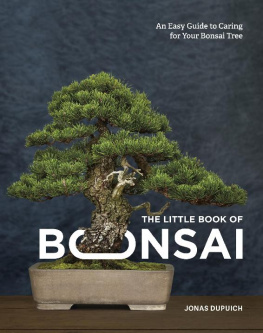


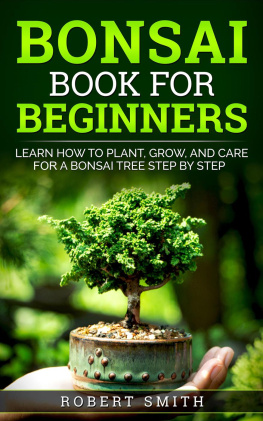
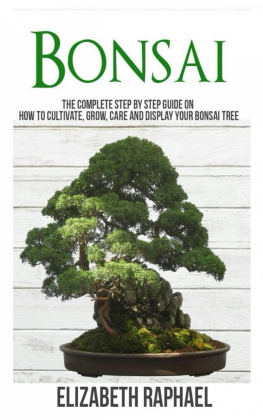
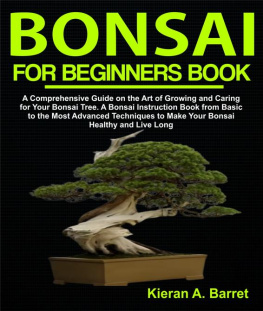
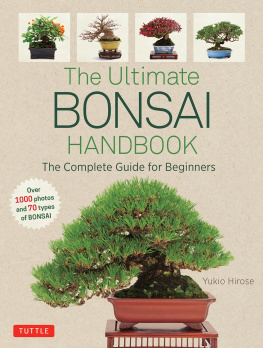

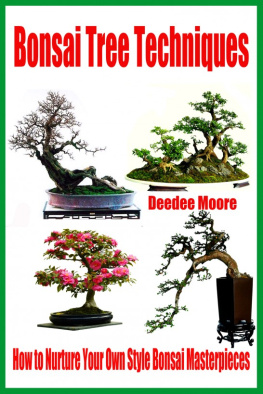
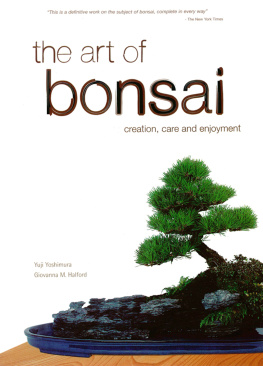
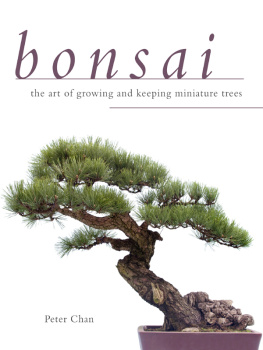
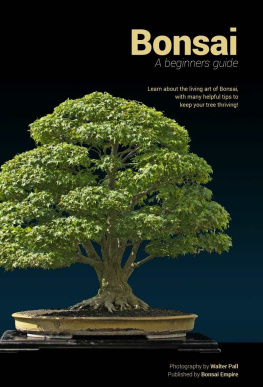

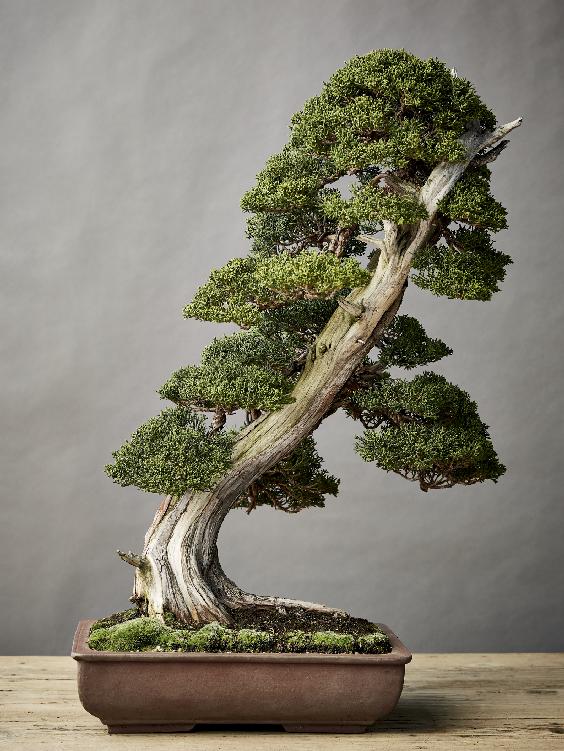
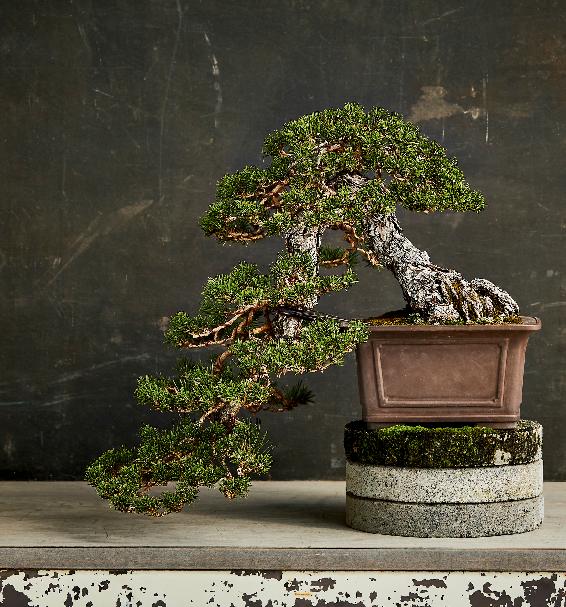
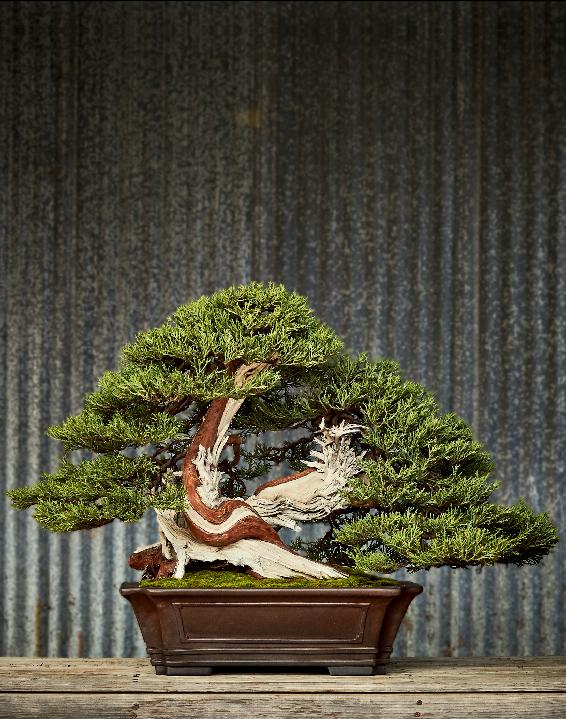
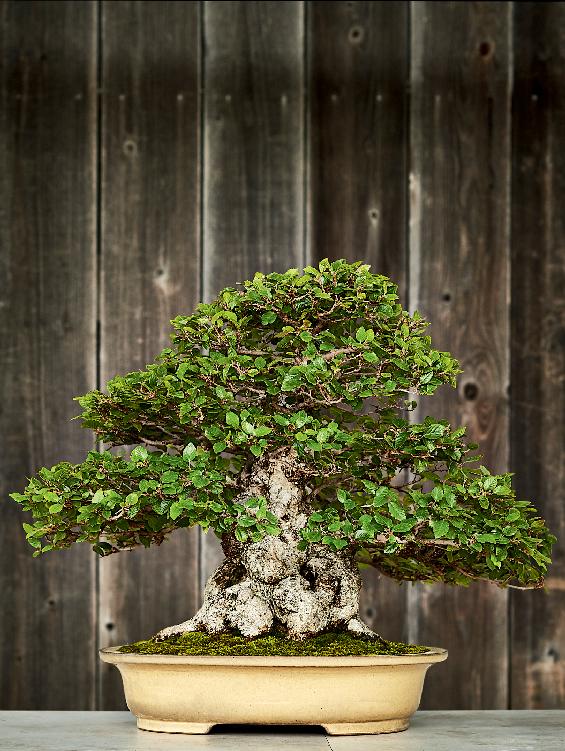

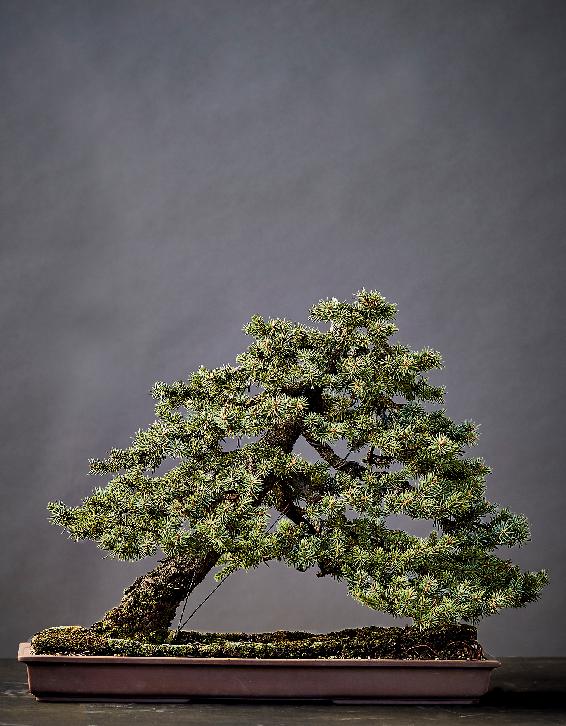
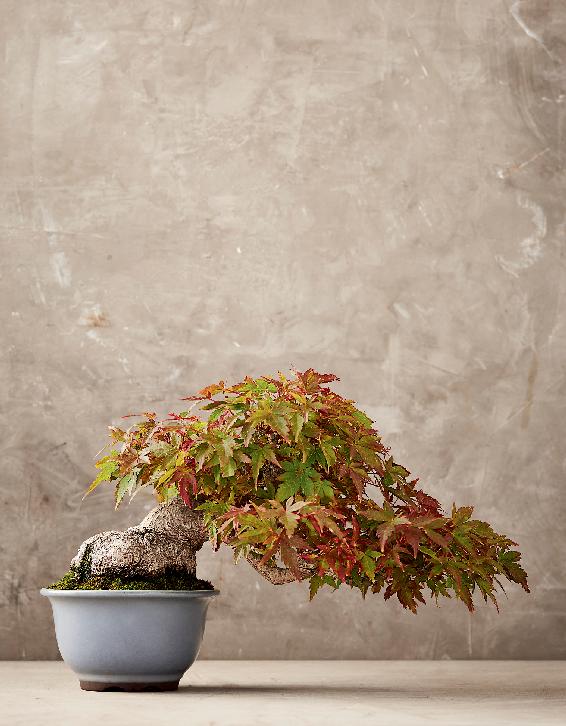
 Twin-trunk bonsai have two trunks (see ).
Twin-trunk bonsai have two trunks (see ).